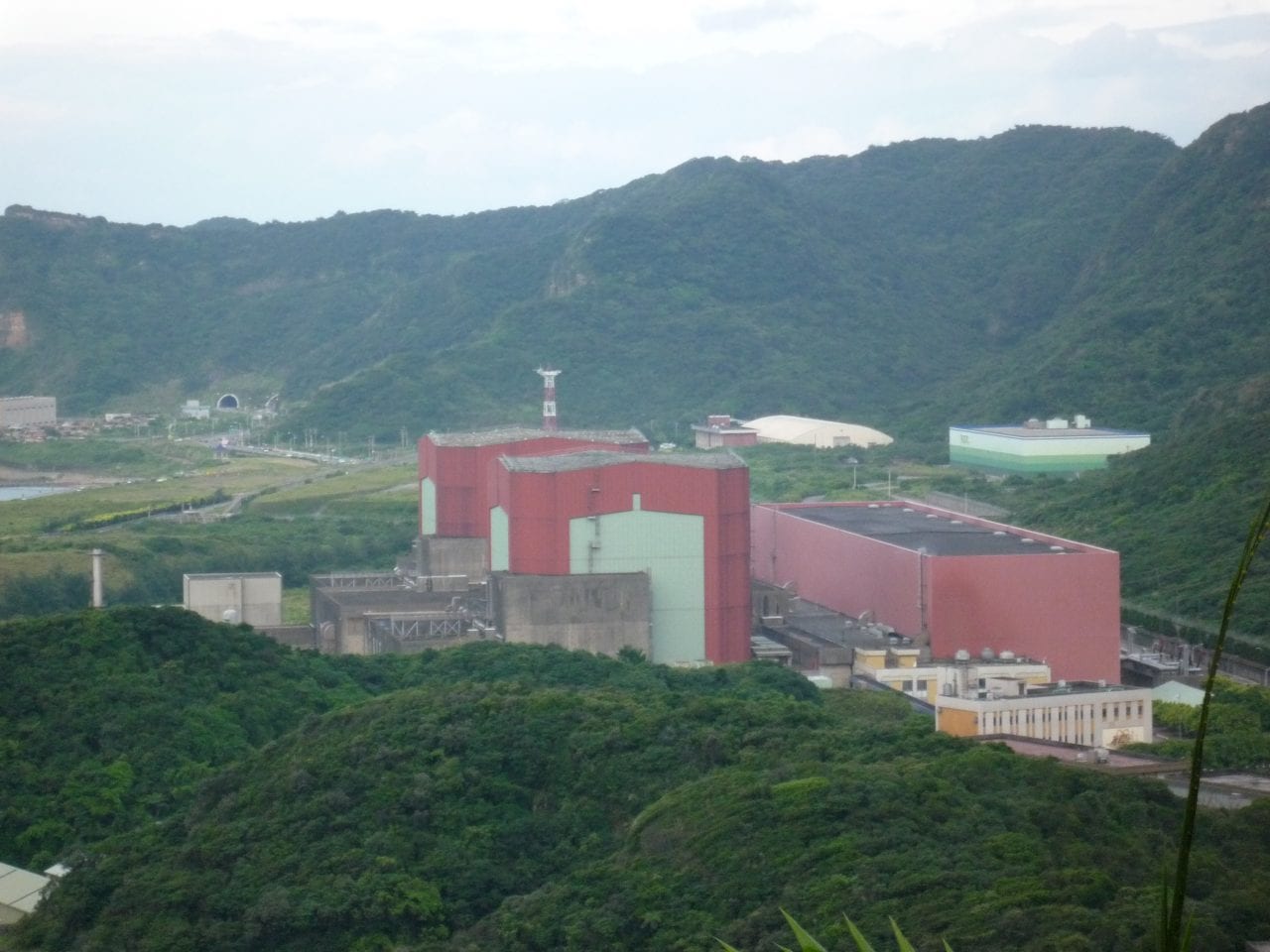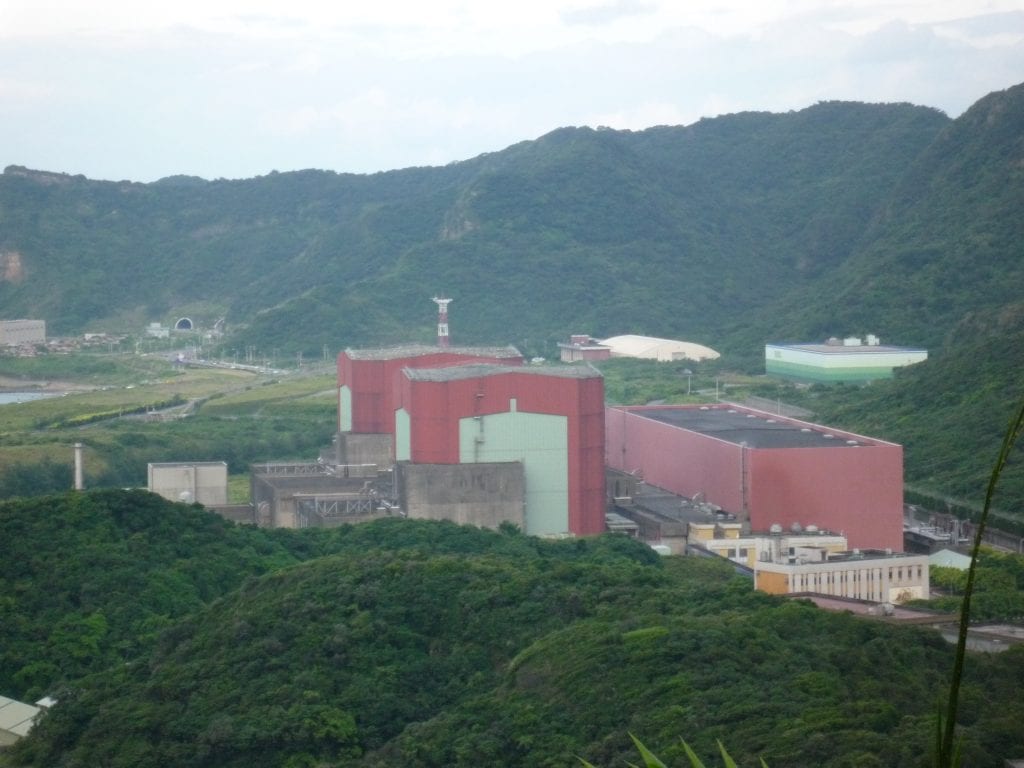Taiwan Shuts Another Reactor as Part of Nuclear-Free Goal
The post Taiwan Shuts Another Reactor as Part of Nuclear-Free Goal appeared first on POWER Magazine.

Taiwan's move to end the country's use of nuclear power continues, with Unit 1 of the Kuosheng Nuclear Power Plant being shut down. The reactor was taken offline at the end of June, six months ahead of its scheduled Dec. 27 retirement, with officials saying spent fuel-storage capacity constraints meant the unit could not be refueled.
The closure, part of the government's plan to expand the use of natural gas-fired power and renewable energy generation while reducing reliance on coal-fired and nuclear power, has increased concern in the energy industry about electricity shortfalls this summer after Taiwan already experienced energy emergencies and rolling blackouts during a heatwave in May.
Taiwanese President Tsai Ing-wen has made closing the country's nuclear power plants a goal of her administration, saying the three remaining reactors will go offline by mid-2025. The 985-MW Kuosheng unit, which officials said generated about 3% of the nation's total electricity, is the third of what were six operating reactors to be shuttered.
The president is emphasizing renewable energy, and new natural gas-fired power projects, to replace the lost nuclear generation. Taiwan is experiencing increased demand for electricity and capacity constraints have led to widespread blackouts, including two in May when an energy emergency was declared during a massive heatwave.
Decommissioning PlanTaipower first proposed its decommissioning plan for Kuosheng Unit 1 in 2018, and it was approved by the Atomic Energy Commission (AEC) in October 2020. The plan included construction of a dry storage facility for used fuel, but a dispute between the city of New Taipei and Taipower has delayed the project.
 Unit 1 of the the Kuosheng Nuclear Power Plant in Taiwan has been taken offline. The second unit, also a 985-MW boiling water reactor, is scheduled to be shut down in 2023. Courtesy: Ellery / Wikimedia Commons
Unit 1 of the the Kuosheng Nuclear Power Plant in Taiwan has been taken offline. The second unit, also a 985-MW boiling water reactor, is scheduled to be shut down in 2023. Courtesy: Ellery / Wikimedia Commons
Officials in New Taipei have yet to issue a permit for the storage facility, which would house the used fuel rods from Unit 1. The New Taipeil government has said it does not want a permanent spent nuclear fuel storage facility within the city.
A spokesperson for Taiwan Power Co. (Taipower), the state-owned electric power company, said the utility is immediately replacing the generation from Kuosheng 1 with commissioning of a new 500-MW combined cycle gas turbine at the Chiahuei plant, along with solar power generation including a new 181-MW array in Qigu, Tainan. The utility also said 900 MW of generation from the Greater Changhua 1 & 2a Offshore Wind Farms, expected online in 2022, will help satisfy increased power demand.
Taipower said it had been reducing Kuosheng's output to prepare for the unit's closure, after running the reactor at 101.94% capacity in March, with output of 22,907 MWh each day. Energy analysts have warned, though, that the new gas-fired unit and additional solar power will not make up for a projected shortfall in electricity output this summer. Officials said solar power in Taiwan produces about 1,800 MWh daily. They said the new Unit 2 at Chiahuei will generate about 11,760 MWh each day. That combined production would be about 40% lower than what Kuosheng 1 was producing in March.
Yeh Tsung-Kuang, a professor of nuclear engineering at National Tsing-Hua University, told the Nikkei Asia news service, It is simply not enough to deal with expected record-high electricity demand this summer. It is inevitable that there will be outages and electricity rationing for the rest of this summer."
Reducing Coal-Fired PowerTaipower data shows that coal-fired power, including coal-fired cogeneration, accounted for about 38% of its electricity output in 2020. Nuclear power generated 12.7% of the utility's electricity. Government officials have said they plan to install 27 GW of renewable energy capacity to eventually generate about one-fifth of the country's power, while reducing coal-fired generation to about 30% of total generation. They have said they want to expand gas-fired generation to produce the remaining half of the country's output.
The Kuosheng unit, which entered commercial operation in late 1981, was a boiling water reactor. A second 985-MW unit at Kuosheng is scheduled to remain online until March 2023, when its operating permit expires.
Taiwan's other remaining nuclear power units are two 951-MW pressurized water reactors at Maanshan. The country's other two reactors, Units 1 and 2 at Chinshan, were permanently taken offline in December 2018 and July 2019, respectively.
Tsai, who took over as Taiwan's first female president in 2016, is the leader of the Democratic Progressive Party (DPP). The DPP has championed a nuclear-free homeland." The president in her opening remarks at the renewable energy-focused EnergyTaiwan event in October 2020 called on Taiwan to be a leading center of green energy in the Asia-Pacific region."
New policy initiatives have supported that goal, including amendments to the country's Electricity Act that mandated nuclear power generation be ended no later than 2025. The government has said it expects moving away from coal-fired and nuclear power, and support of gas-fired generation and renewable energy, will generate about $36 billion in investment in the country's energy sector by 2025, along with creating 20,000 jobs.
Pandemic's ImpactsThe plan has been slowed by the COVID-19 pandemic, along with local opposition to some projects. Renewable energy accounts for less than 6% of the country's current power generation; officials have said the current 6.12 GW of installed solar power capacity would need to grow to about 20 GW by 2025 to meet the administration's goal.
Offshore wind projects also have been slowed by the pandemic, and energy analysts expect the current goal of 5.7 GW of installed offshore win generation capacity will not be reached until 2026 at the earliest.
The new gas-fired generation depends on imports of liquefied natural gas (LNG), and officials say current import capacity already has reached its limit. State-run CPC Corp. has planned its third LNG receiving terminal in North Taiwan's Taoyuan region, with a referendum on the facility's construction set for Aug. 28. The project already has been delayed and even if approved would not be built until after 2025.
Voters also on Aug. 28 will be asked about a plan to restart construction of the Lungmen Nuclear Power Plant 4. That plant, designed with two General Electric advanced BWR reactors and generation capacity of 2,700 MW, was expected to be completed in 2004 after construction began in 1999. Numerous delays, cost overruns, and government opposition put the project on hold in 2014. Even if voters approve a restart, analysts have said it's unlikely the project would resume under the current administration.
-Darrell Proctor is a senior associate editor for POWER (@POWERmagazine).
The post Taiwan Shuts Another Reactor as Part of Nuclear-Free Goal appeared first on POWER Magazine.